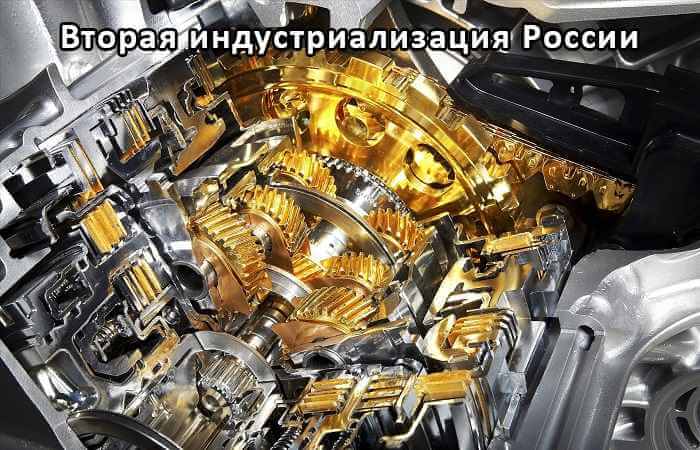Hybrid heat engine that converts heat energy into mechanical efficiency, the ideal temperature the temperature of the work per cycle the amount of heat the Carnot refrigerator working fluid is received from the heater energy in the process

Heat engine hybrid.
The hybrid heat engine that converts thermal energy of exhaust gas into mechanical work, i.e. uses a reverse thermodynamic process. The machine is called hybrid because in one housing there are two piston engines, one of which is a traditional internal combustion engine, and the second is a vacuum motor, the vacuum pressure of the vacuum of the engine is formed by cooling and compression of exhaust gases of the main engine.
The technology is awaiting funding!
Application
Description:
Engines internal combustion (IC) engines, as well as other heat engine has too low efficiency. Approximately 55-60% of the heat released into the atmosphere through the exhaust pipe together with the exhaust gases. The hybrid heat engine that converts thermal energy of exhaust gas into mechanical work, i.e. uses a reverse thermodynamic process. The machine is called hybrid because in one housing there are two piston engines, one of which is the traditional engine of internal combustion, and the second is a vacuum motor, the vacuum pressure of the vacuum of the engine is formed by cooling and compression of exhaust gases of the main engine.
To create a hybrid heat machine only need to upgrade the existing engine.

As you can see in the figure, the two extreme cylinder with pistons and valves are a conventional four-stroke engine of internal combustion (IC) engines, and the piston of the middle cylinder is driven through the vacuum pressure in the chamber cooler (vacuum motor), and a vacuum is formed in the result of heat utilization of exhaust gases of internal combustion engines.
Advantages:
– the use of reverse thermodynamic process in the device will increase efficiency by 30-40%
– to create a hybrid heat engine uses the usual components already used in the art,
– the use of reverse thermodynamic process will convert the maximum possible amount of thermal energy into mechanical work.
Working principle:
At that time, the internal combustion engine when the pistons approach their bottom dead centres, the exhaust valve opens one of the cylinders and the products of combustion through the open bypass valve with extension perepuskajutsja the camera cooler, the volume of which is 4-5 times greater than the volume of the working cylinder. First, there is filling of the chamber due to the vacuum which remains in the chamber of the cooler after the previous cycle, and the pressure in the working cylinder.
Then part of the cooled exhaust gas under the action of excess pressure in the chamber is ejected through the relief valve located in the exhaust pipe. At the end of this cycle the bypass valve and relief valve are closed, and the remaining products of combustion perepuskajutsja from the cylinder of the internal combustion engine into the cylinder of the vacuum engine.
During the bypass (within one beat) in the chamber of the chiller is the heat from the combustion products by a heat exchanger (not shown), thereby cooling and compression of gases with the formation of the vacuum.
When extreme the pistons of the cylinders are approaching the top dead center, opens the bypass valve, the vacuum is distributed in the cavity of the middle cylinder, causing its piston moves up, driving the crankshaft of the machine.
At this time in the other cylinder internal combustion engine is the cycle of expansion. Then the cycle of operation of the vacuum motor is repeated with the participation of the second extreme of the cylinder.
Design features of this machine allow to serially connect two or more camera cooler, and it will give the opportunity to increase time for cooling gases.
Application:
– automotive,
– shipbuilding,
– small aircraft, etc.



